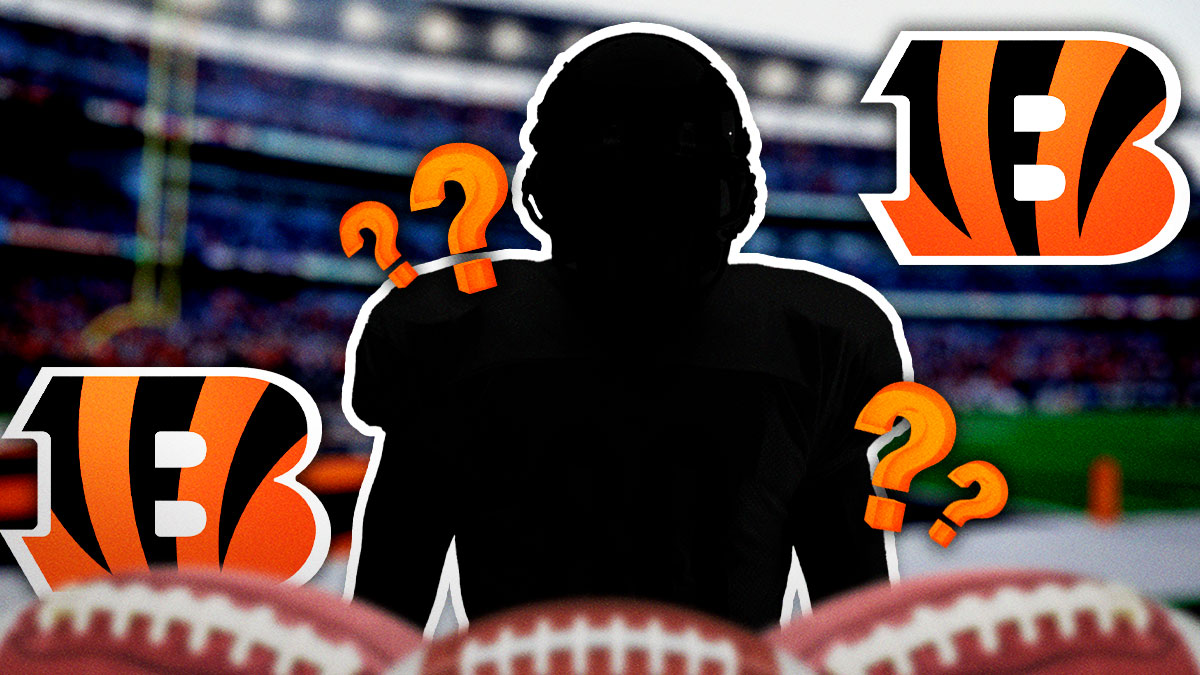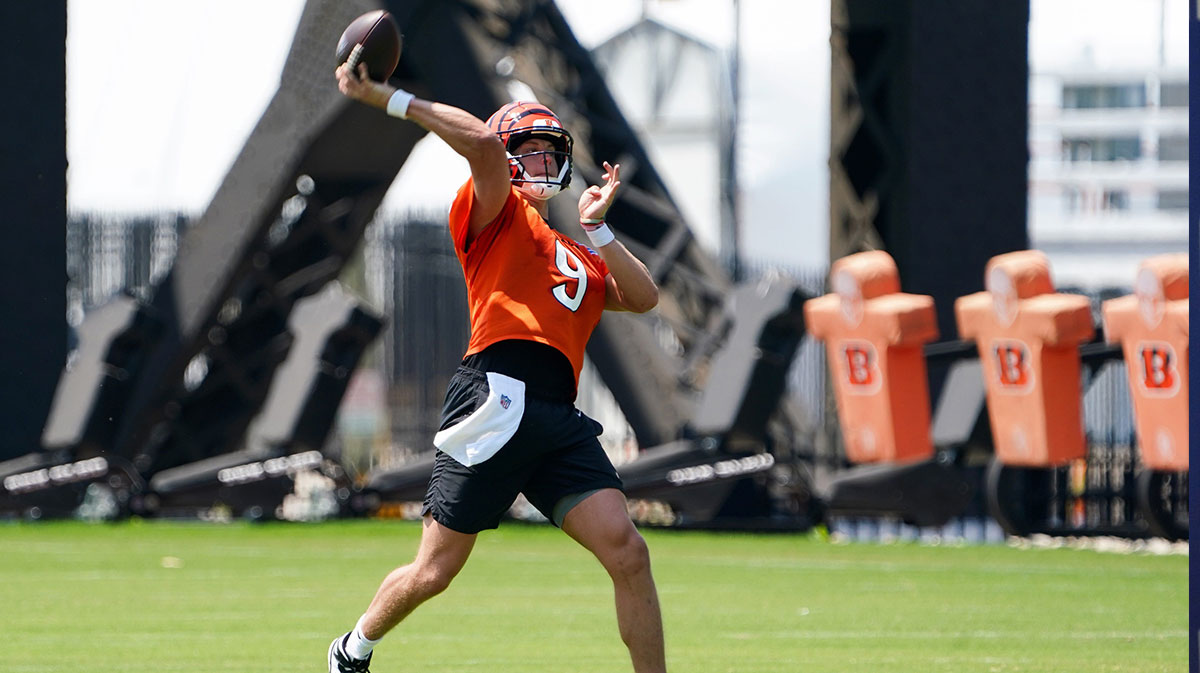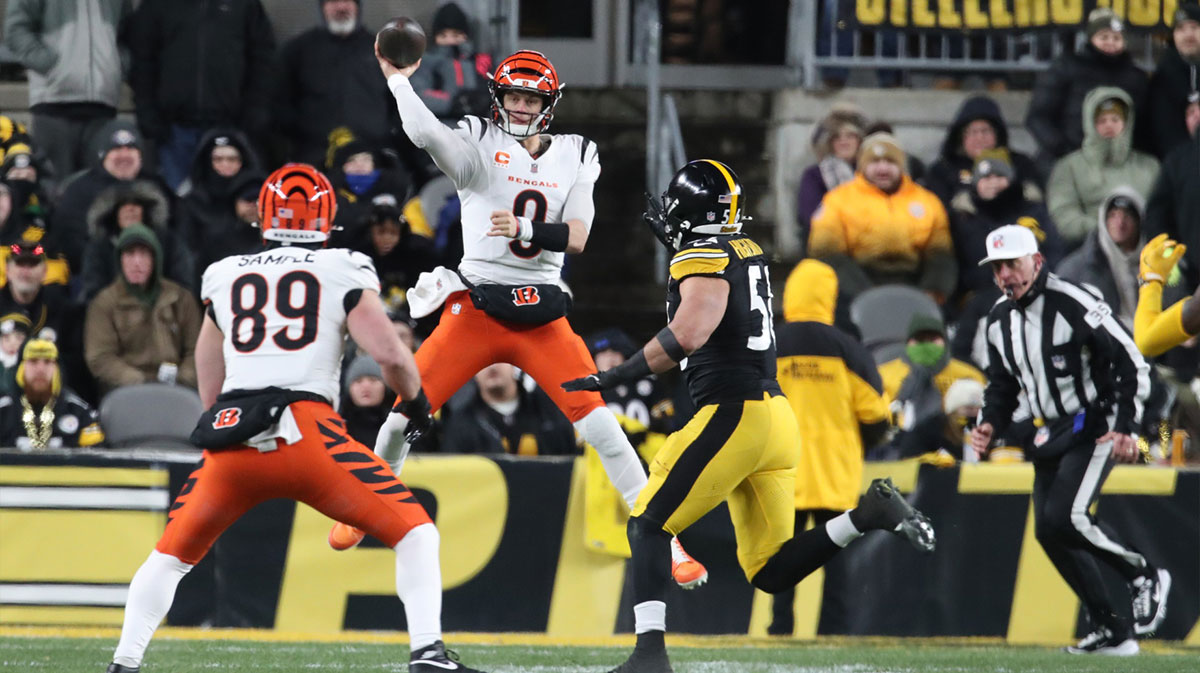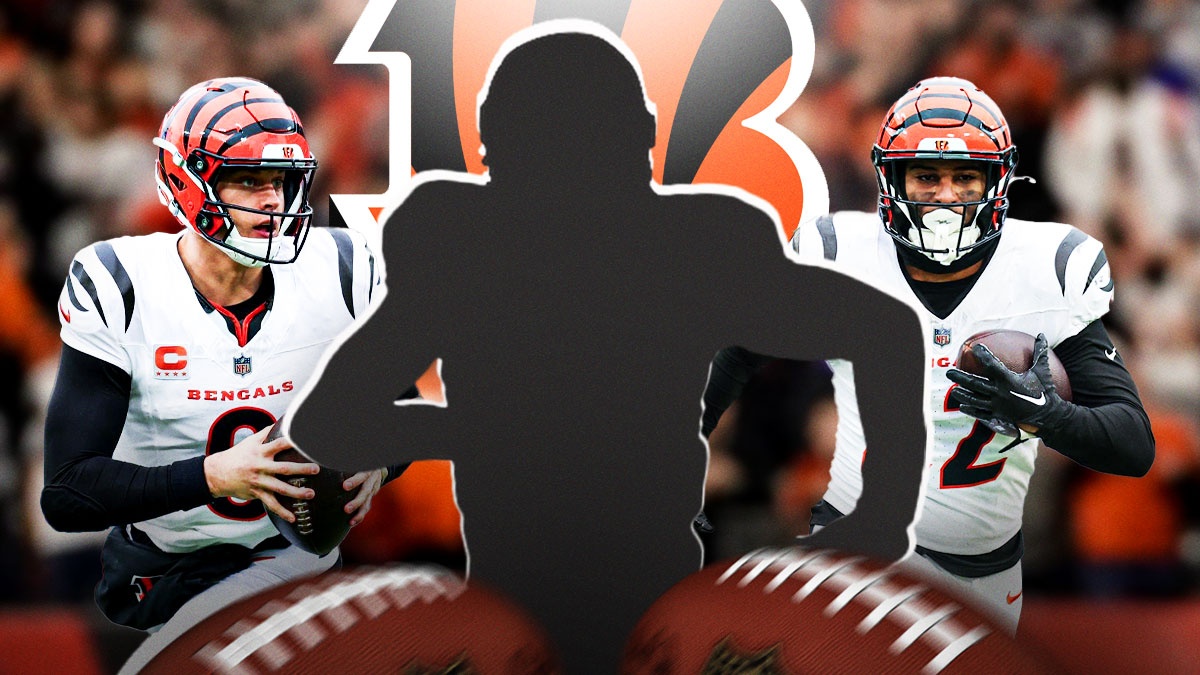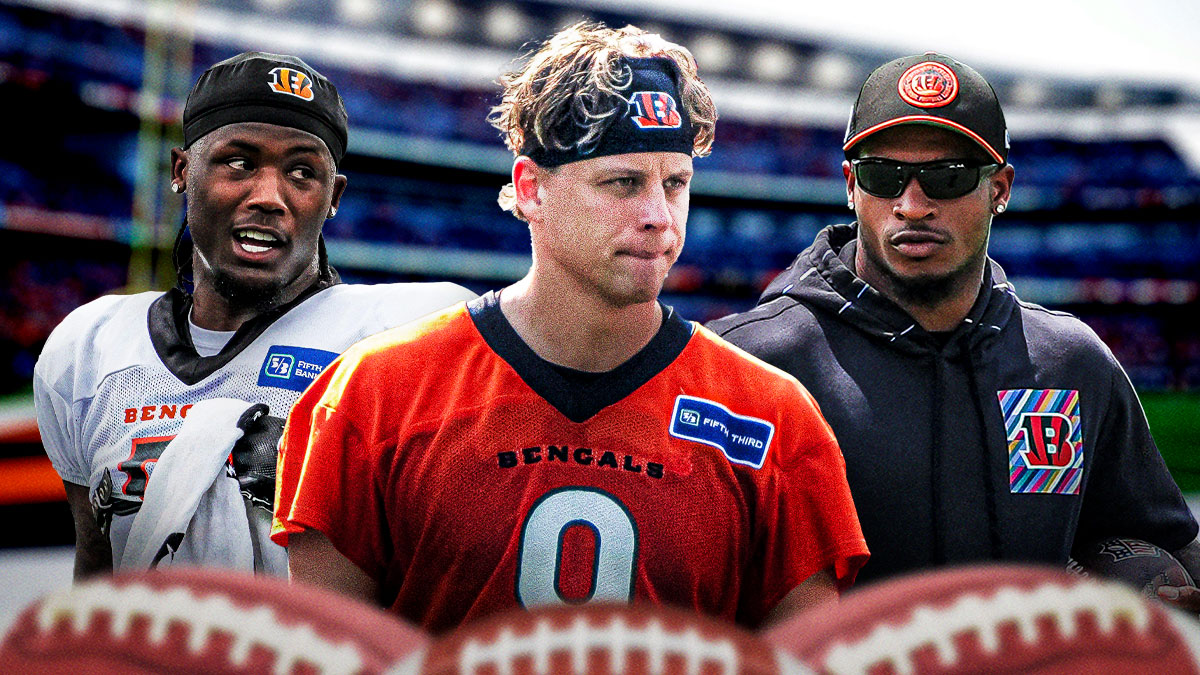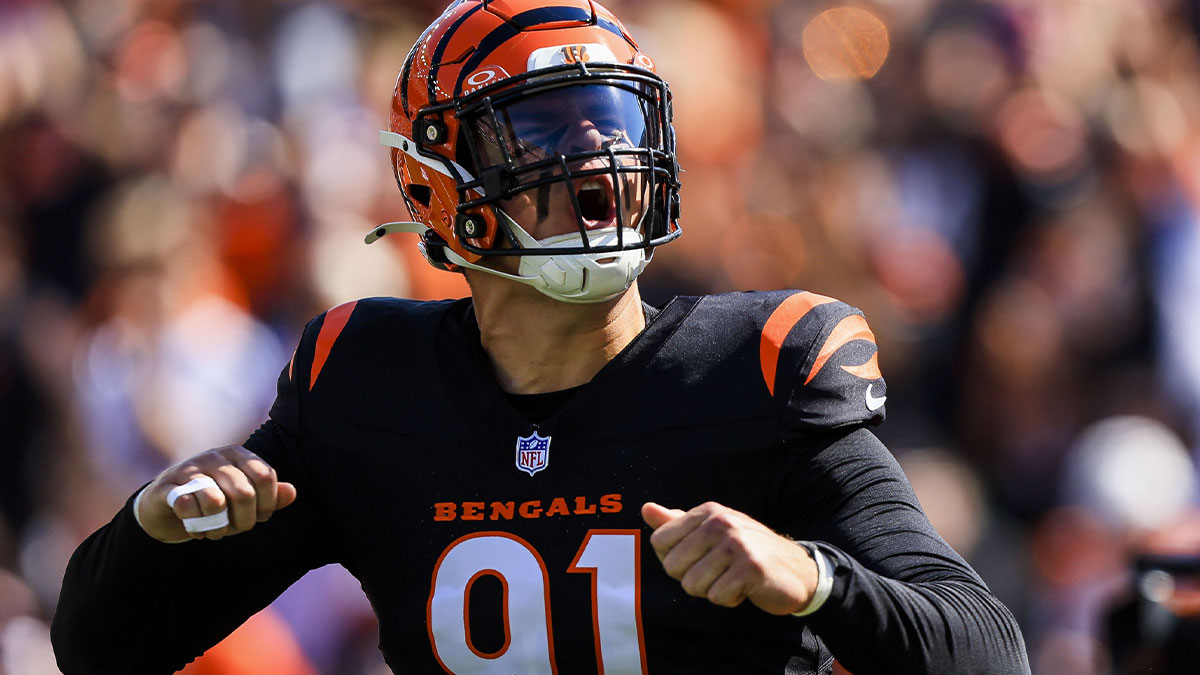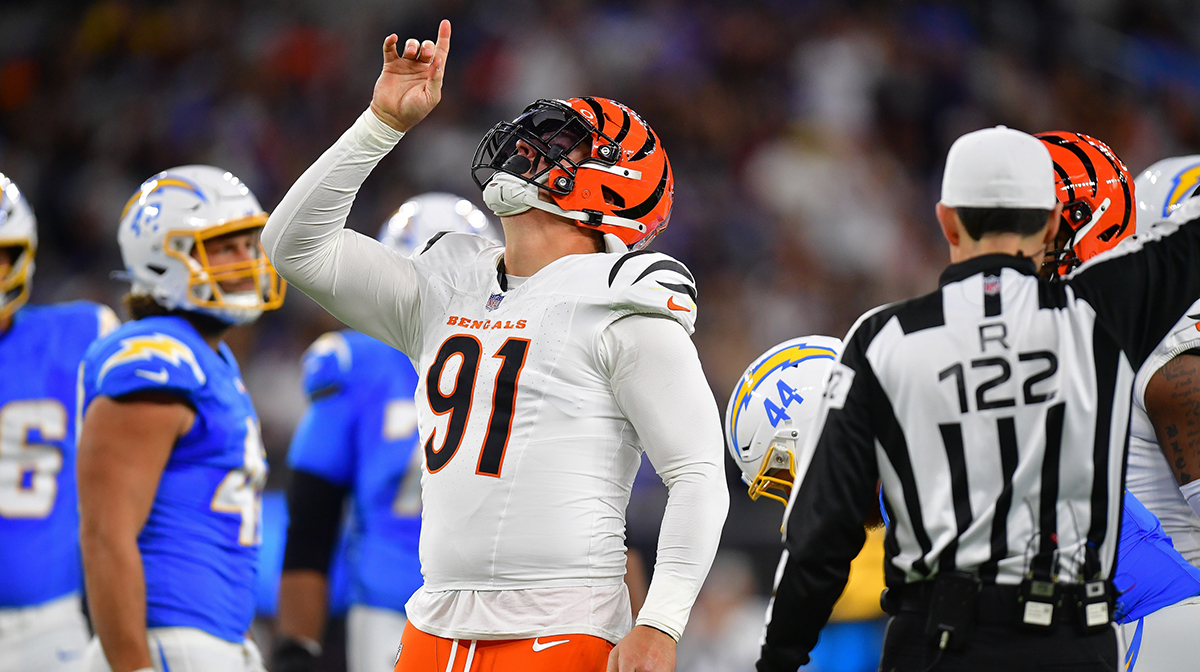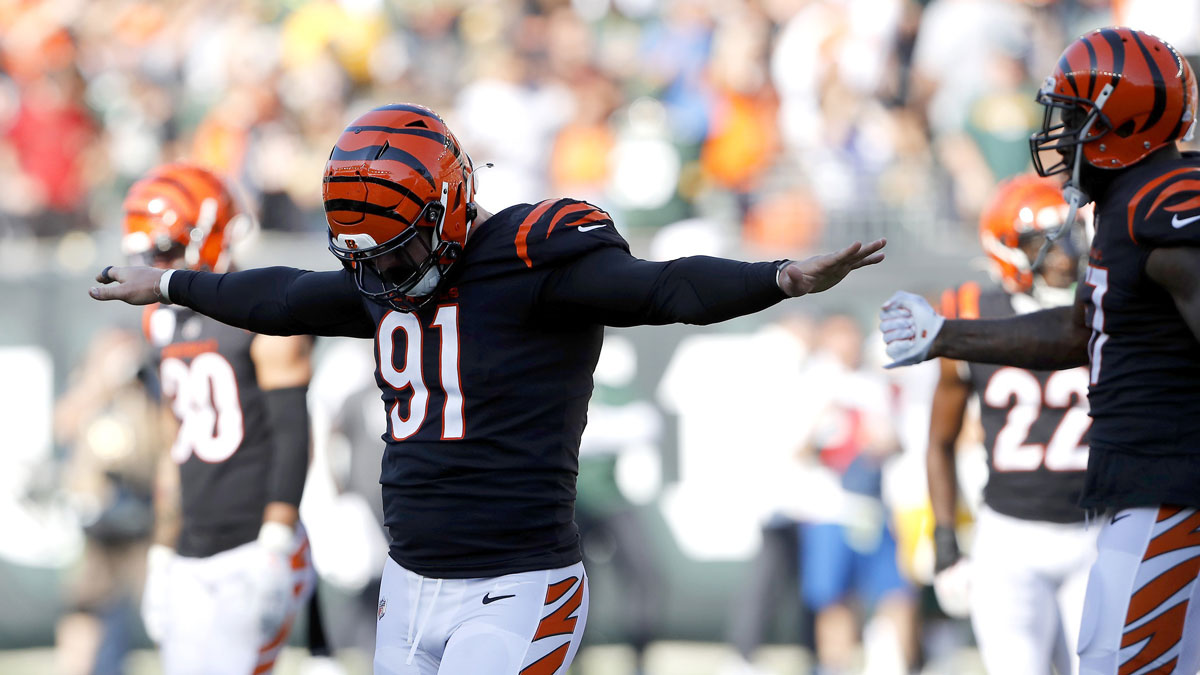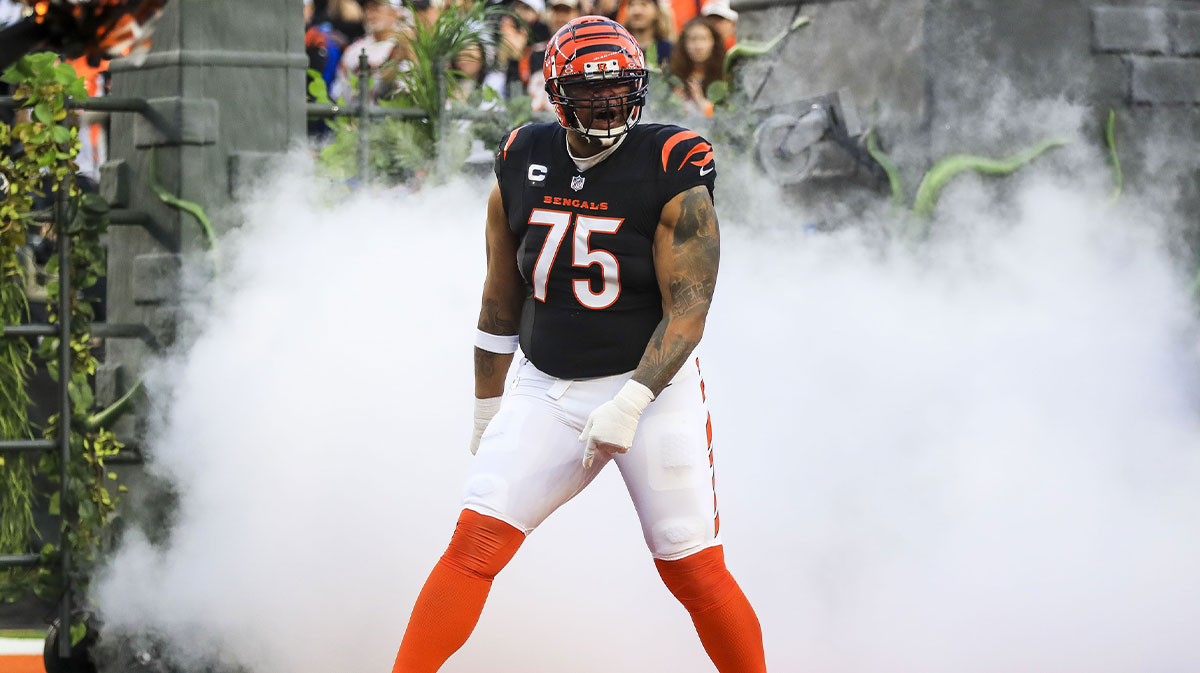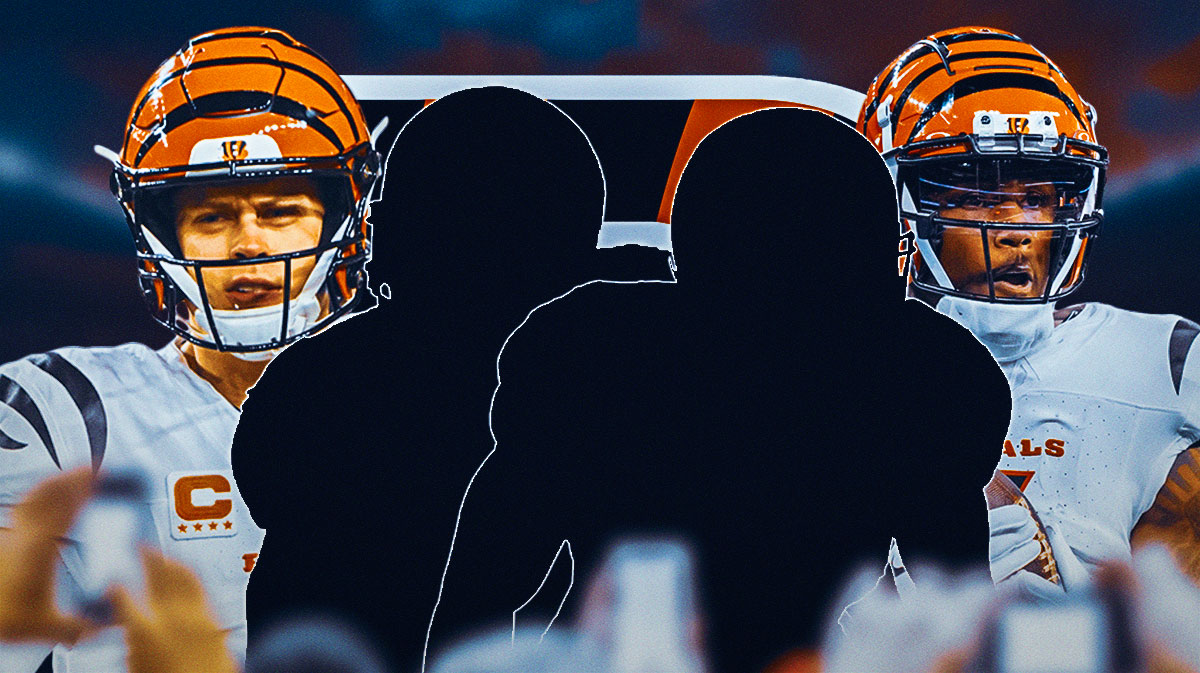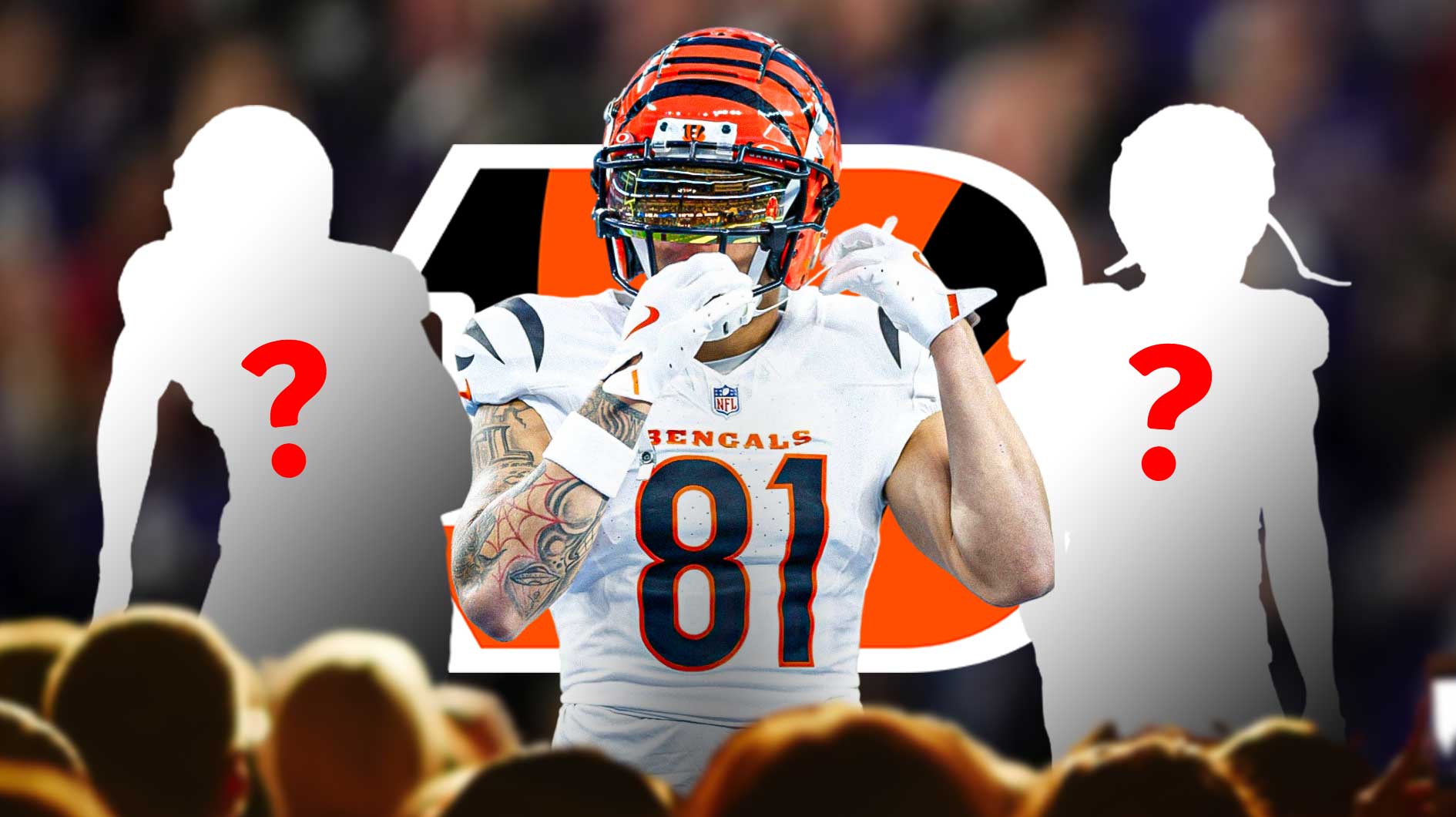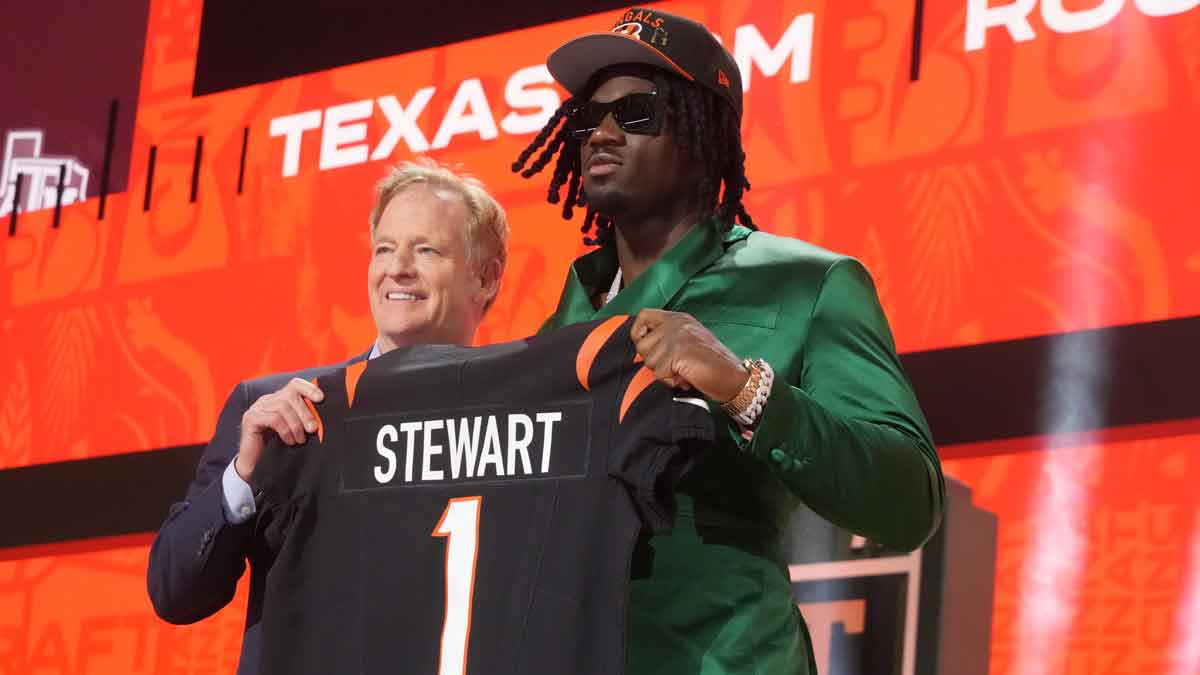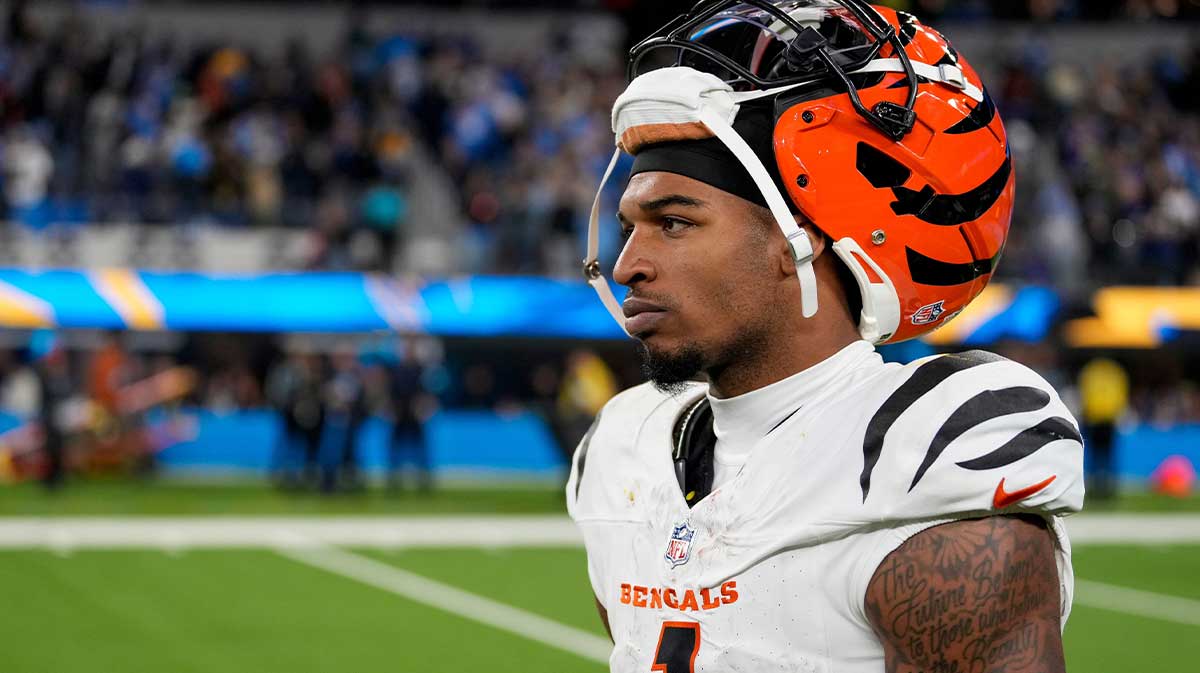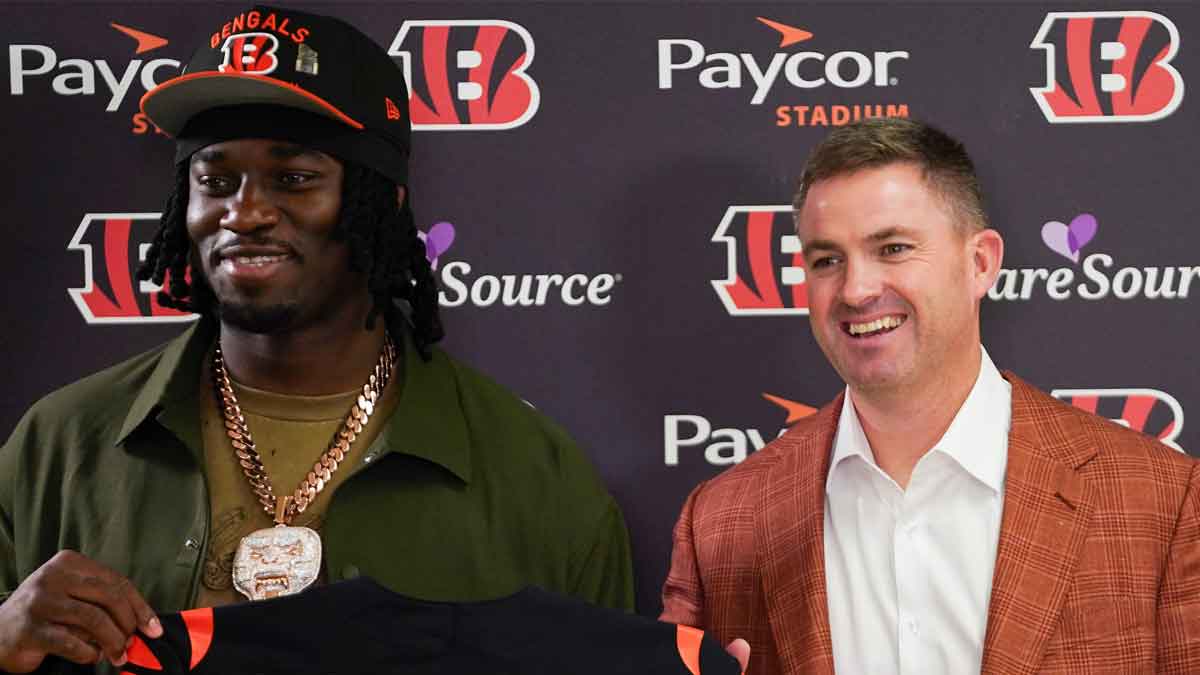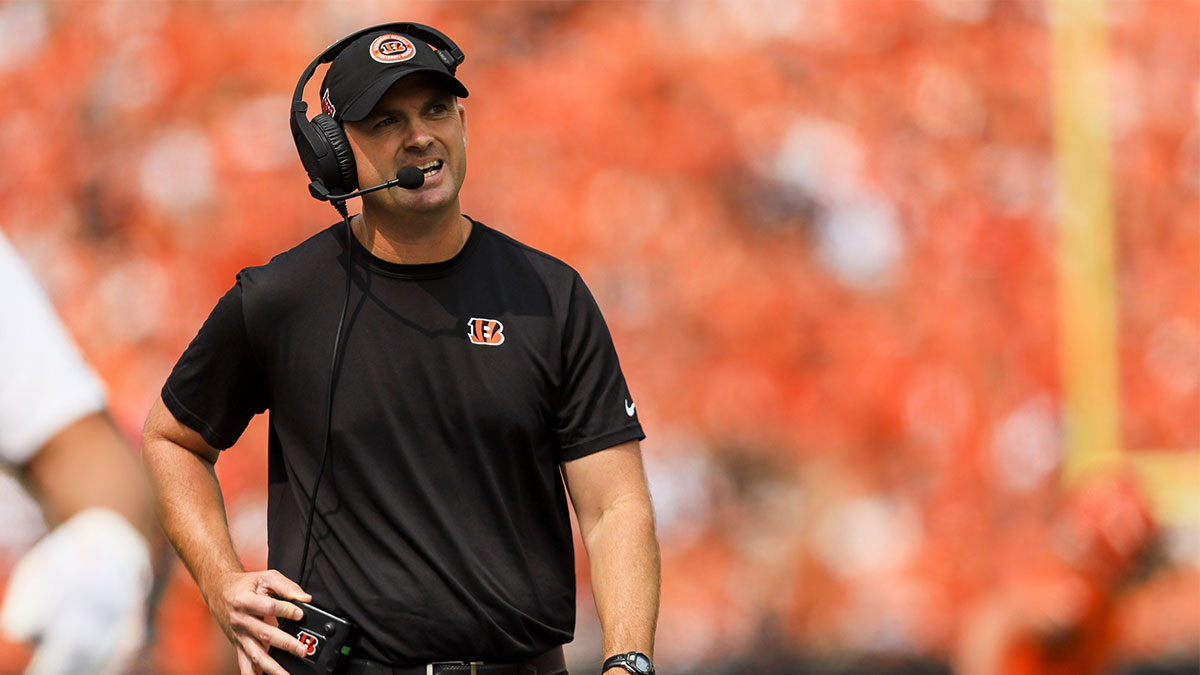The Cincinnati Bengals have a great opportunity later this month to change the trajectory of the franchise by drafting whomever they want with the No. 1 overall pick in the 2020 draft. The pick will likely be LSU quarterback Joe Burrow and while Burrow is an excellent prospect, the Bengals have had similar opportunities throughout their history and many times, have squandered it.
The team certainly doesn't have the best track record when it comes to the draft which leads to a whole list of worthy draft busts.
David Verser
You don't draft a return specialist with a top-10 pick. But, that's exactly what the Bengals did in 1981 when they drafted Kansas returner/wide receiver David Verser with the 10th overall pick. Verser was an alright receiver in college, recording 576 yards and five touchdowns as a senior but his real value came as a returner.
Unfortunately for Cincinnati, Verser only lasted four years with the Bengals and in that time, failed to take either a kickoff or punt to the house. As a receiver, Verser only managed a total of 454 yards and three touchdowns in a Bengals uniform.
Jack Thompson
Thompson set multiple Pac-10 passing records during his time at Washington State so it makes sense that the Bengals drafted the ‘Throwin' Samoan' with the third overall pick in 1979 with the hopes that he would take over for Ken Anderson.
In four years with the Bengals, Thompson would start just five games. During his career with the team, the former All-Conference performer would complete less than 50 percent of his passes and throw just 13 touchdowns compared to 19 interceptions.
Ki-Jana Carter
It was much more common for running backs to go early in the draft in 1995 than it is in today's game. Even so, Carter looked like a surefire star in the making. The 5-foot-10, 222-pound back ran for over 1,500 yards with 23 touchdowns on an insane 7.8 yards per carry as a junior at Penn State.
When Cincinnati selected Carter with the top pick of the '95 draft, that same sort of impact was expected.
Unfortunately, injuries affected Carter early on in his career and he couldn't seem to stay healthy. Those injuries hindered his impact and although he did reach the endzone 16 times in his first two seasons as a Bengal, he never topped 464 rushing yards in a season and averaged an embarrassing 3.3 yards per carry during his tenure. Even worse, the Bengals traded up from the fifth pick that year to grab Carter.
David Klingler
Klingler's junior season at Houston was one of the best in college football history at the time so, despite a down senior year, taking Klinger sixth overall in 1992 made sense. longtime quarterback Boomer Esiason was on to the New York Jets and Klingler was next up for Cincinnati.
However, Klingler's college success didn't translate to the big leagues as he failed to get much going during his four seasons with the Bengals.
He ended up appearing in 31 games and making 24 starts but he struggled with interceptions and despite starting 13 games in 1993, threw just six touchdowns. Granted, Klingler was a part of some pretty bad Bengals teams but his ineffectiveness stands out.
Akili Smith
Possibly one of the biggest draft busts in NFL history, Smith was drafted third overall by the Bengals in 1999 after a dominant junior season at Oregon where he scored 36 touchdowns.
The New Orleans Saints reportedly offered the Bengals NINE draft picks to move up and draft Ricky Williams (whom they ended up with anyway). Instead, the Bengals drafted Smith and he lasted just four seasons in the league.
In his only season as the main starter (2000), Smith made 11 starts, went 2-9 and completed 44.2 percent of his passes for 1,253 yards, three touchdowns and six interceptions.

